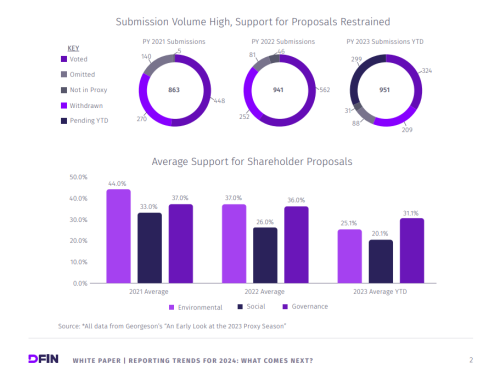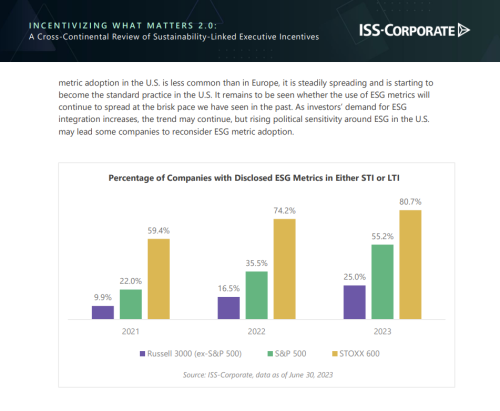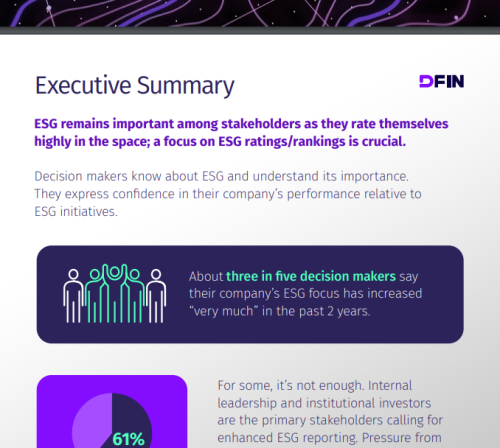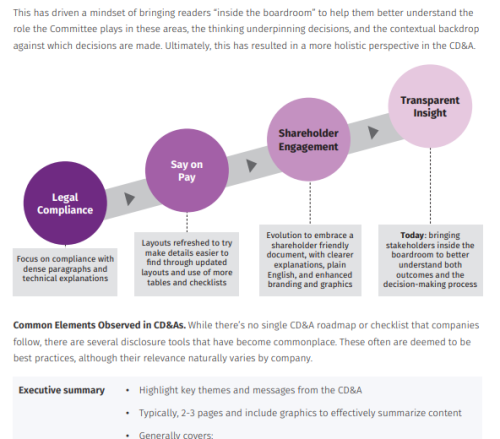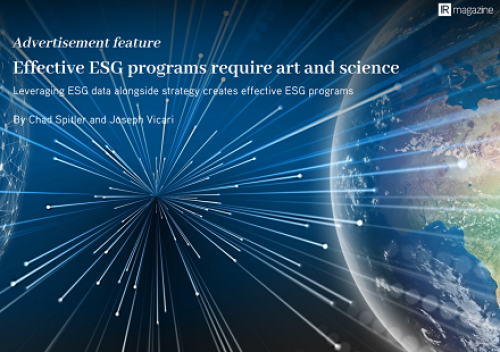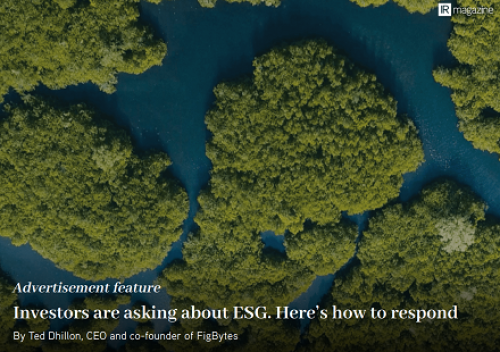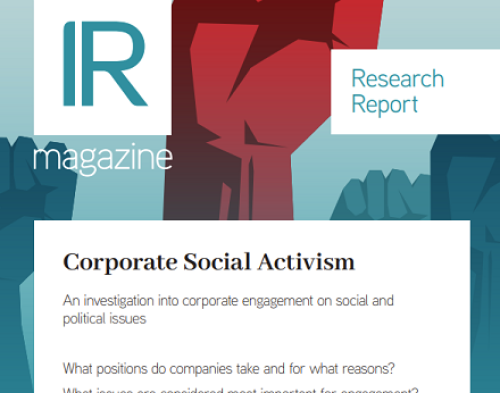Noemi Distefano asks experienced IROs and ESG experts what the S in ESG really means to companies and investors in emerging markets
Traditionally, it’s been more straightforward to benchmark a company’s performance against environmental and governance factors – the E and G in ESG – but the S, representing the internal and external social elements at a firm, is rising rapidly in importance among global regulators and investors.
When it comes to developed economies, supply chain and distribution, company culture and behavior, human rights, modern slavery and diversity & inclusion are among the main areas of focus
You need to register to access 3 free deep dive articles per month. To continue reading please register or login below..
- Unlimited deep dives
- Data-driven research around key topics
- Buy-side insights
- Benchmarking reports
From
$1495


